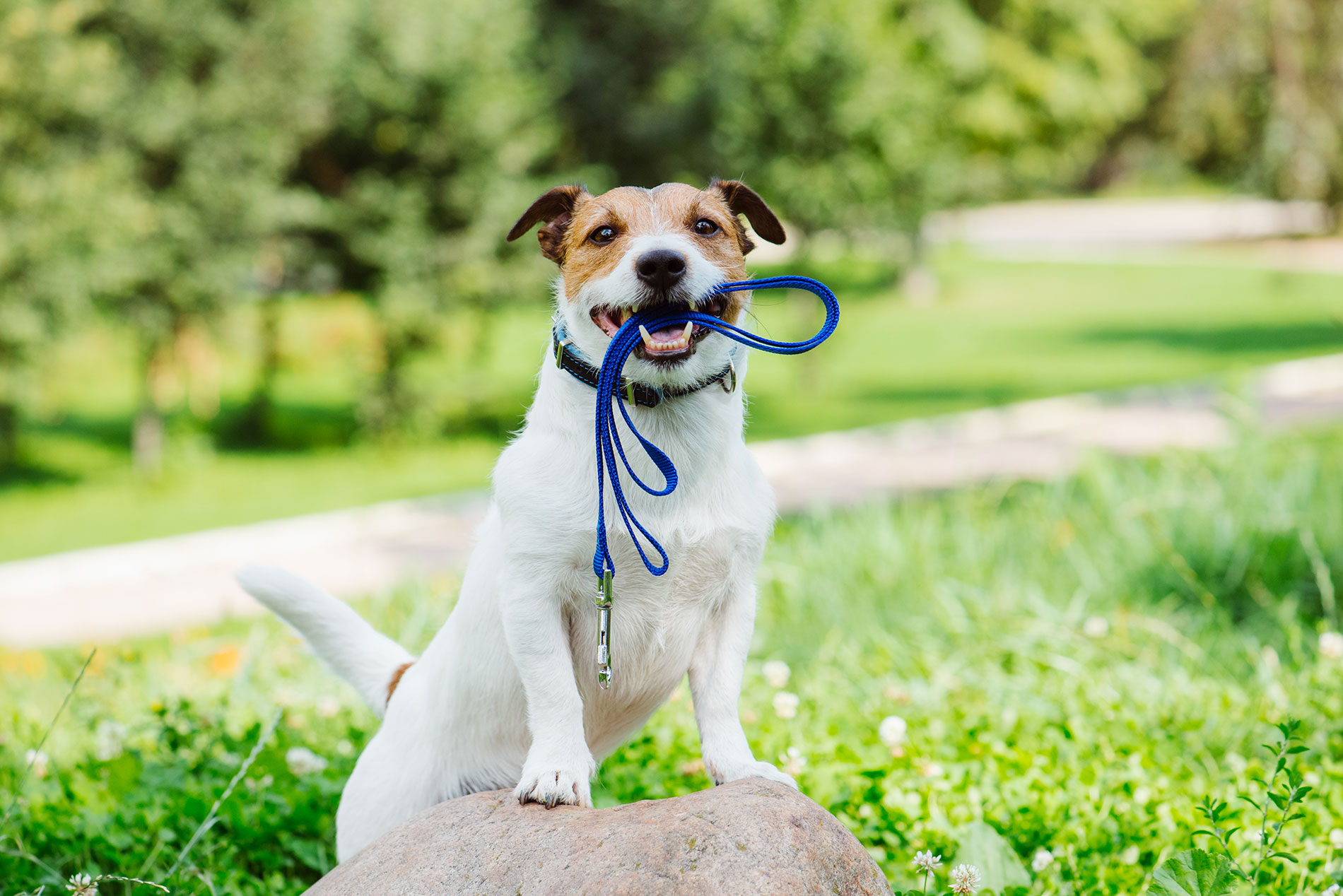How to walk your dog
How do you avoid your dog becoming nervous when leaving the house? We give you some advice on how to walk your dog so that the walk is pleasant for you both.
pets
Share

The walk is the moment that your dog most looks forward to, and it is also essential for their mental and physical health. Whatever their normal living conditions may be, even if they have a lot of space, it is necessary to take them out for a walk twice a day.
However, on many occasions, the walk can become a stressful time. The dog spends their day waiting to go for a walk. Their desire to leave the house may put them in an emotional state that they cannot control. It is your responsibility to help it so that the walk is beneficial to both of you.

Tips to make walking your dog a peaceful experience
It is up to the human to ensure that the dog leaves the house in a calm state. If you help your dog to take their walk cheerfully and without anxiety, enjoyment will be assured:
· Structure the walk. Both leaving and returning to the home shouldbe done calmly and in a relaxed manner. The main part of the walk, when the dogcan have fun, should be varied with different activities and in different locationswhere you can let the dog off the lead. When it’s time to return home, alwaystalk to your dog with a smile. Stay calm, be patient, he’s been waiting for youall day. Only leave the house when the dog is calm, never when it is nervous.Before anything else, it is very important that the dog does his business sothat he can be let loose and concentrate on having fun. Take him out on a looselead, never a tight one, so that you don’t transfer the tension.
· Change the routine. A dog needs a little bit of everything:sniffing around, being with other dogs, discovering new places, people andanimals, playing with you, walking off their lead, walking on their lead… Thestart and end of the walk should always be the same so that the dog understandswhen the walk begins and when you are returning home. This routine will helphim to feel secure. The time of the walk is indicated by its quality and by thedog’s age and energy level. An older dog will be satisfied with a short walk,while a young dog may need a two-hour walk with lots of activity.
· Don’t go out to tire the dog out. Go out to stimulate it, to let it be a dog.Choose a main activity each day. For example, playing with you, playing withother dogs, getting to know a new location, going to the beach or to the hills,letting it off the lead in a dog park so that it can make “friends”, do anobedience class with its favourite treats or practice a sport, such as mantrailing or agility.
· Strengthen the bond. Walks should be fun for both of you, and serveto strengthen the bond and create a balanced coexistence. Whenever possible,the dog needs time to enjoy being free and other times to be on the lead, instep with the person in charge.
· Strengthen the bond. You will learn many things about him that hewon’t be able to show you at home and which will help you to improve hiswellbeing and your coexistence. Never get angry if he pulls on the lead, if hefeels insecure or doesn’t behave as you would like. Be patient. Teach him notto pull on the lead, to relate to other animals and humans. Trust him.
· Reward the behaviour you like, such as not pulling on the lead, when he sitsbeside you at the traffic lights or when he greets other dogs correctly. Letyour dog know what it is doing well.
The walk should end with the return to a place where it can do its business, in case he still needs to, and with a calm and relaxing walk back home.






